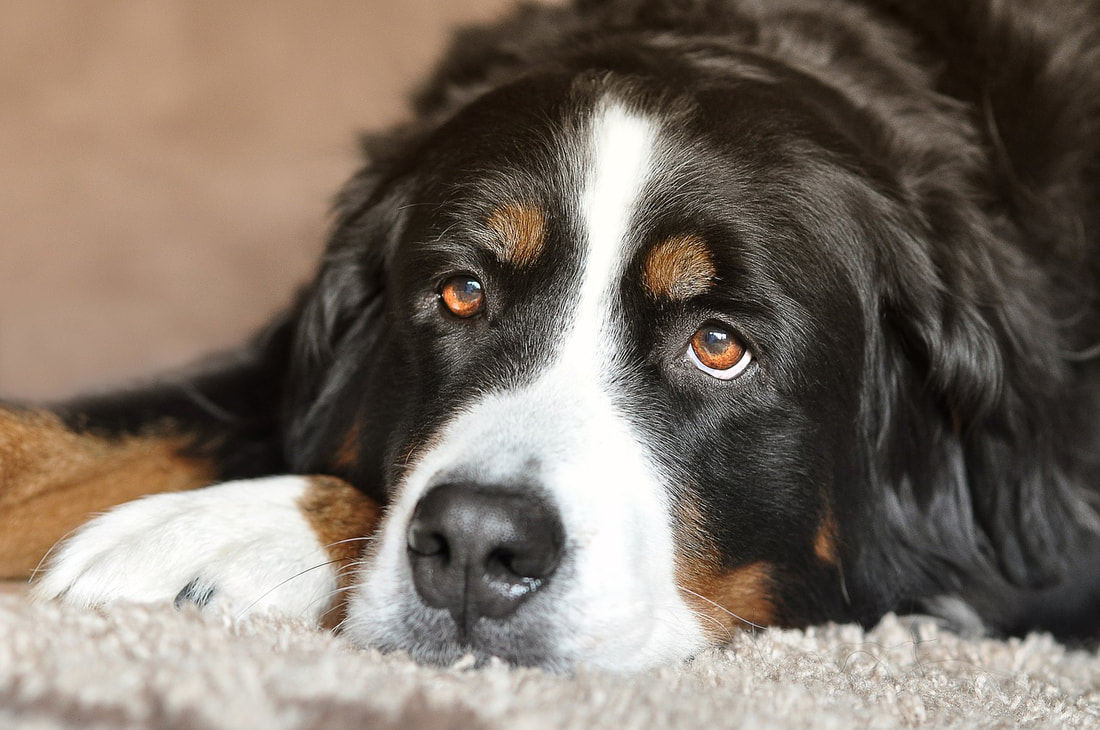A Guest Post by Cindy Aldridge
However, owners of large dog breeds know that their pup must be considered before settling on your home of the future. Primarily due to their size, big dogs warrant extra thought which may not be typically required of owners with small or medium-sized dogs. If you do not have a choice and must live with a large dog in a small space, Orvis has some tips for you. Otherwise, heed these considerations when it comes to choosing a proper house for you and your pup.
Begin with the Yard
Work responsibilities mean that, for many, walking their dog several times per day is not feasible without hiring a dog walker, which is never a bad idea. However, the expense of outside help can be avoided if a home with an adequate plot of land can be found. With a fence and a doggy door, your pooch may be able to get all the exercise it desires while you are on the job. It cannot be overstated just how valuable a yard is not only with respect to your dog’s daily happiness, but your own pocketbook.
Consider the Inside
Depending on your dog’s age, stairs may be wise to avoid, as they can be taxing. If you do decide to purchase a two-story home, one in which the primary living areas are on the ground floor is best. If your dog is in good health, it may enjoy the stairs as yet another way to expend its boundless energy.
If you cut your dog’s nails infrequently, wooden floors may want to be avoided. Light-colored carpeting, or any carpeting at all, may also want to be avoided if your pup tends to track in a mess. A house with tight hallways and spaces may be more liable to damage if your dog tends to be a bit clumsy. Larger crates and beds mean that a sufficient area for the dog to sleep in must be a feature of your house.
Familiarizing Dog and Home
Soon, the dog will realize that your old home is no more, and learn to love the new property, particularly if you heed this advice when house hunting.


 RSS Feed
RSS Feed